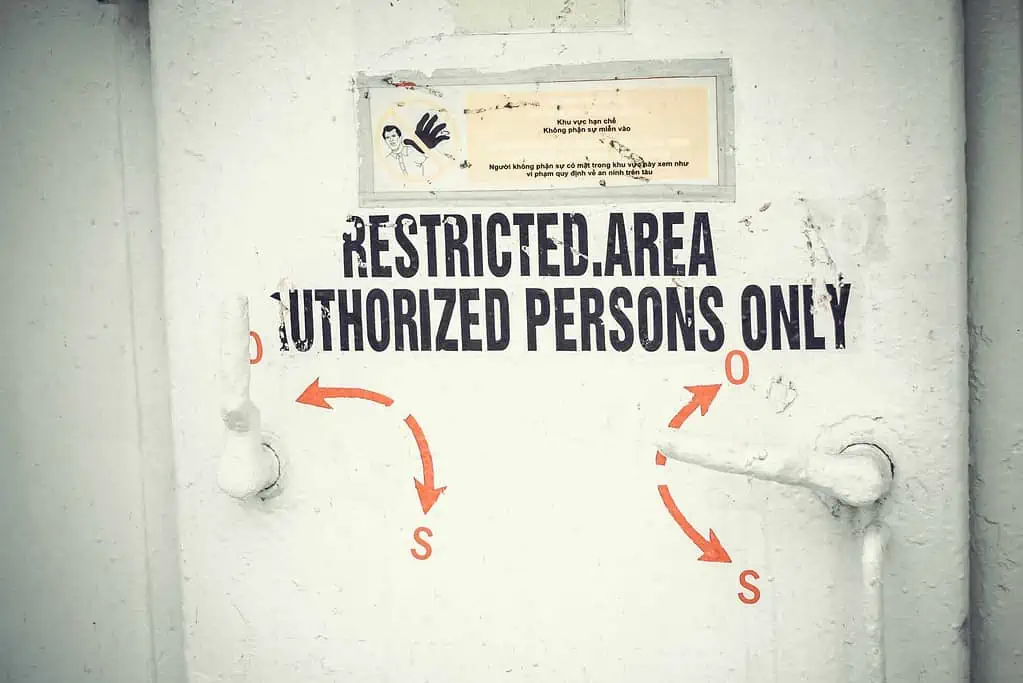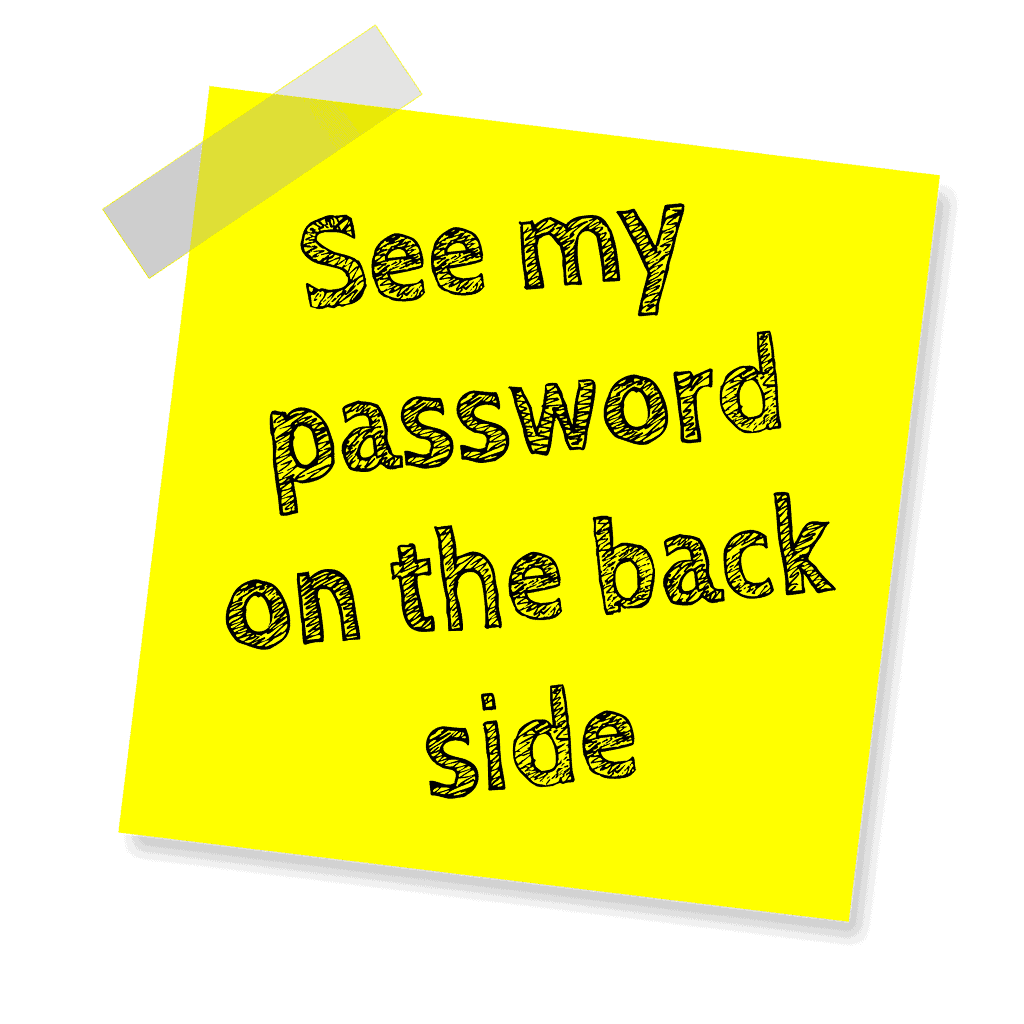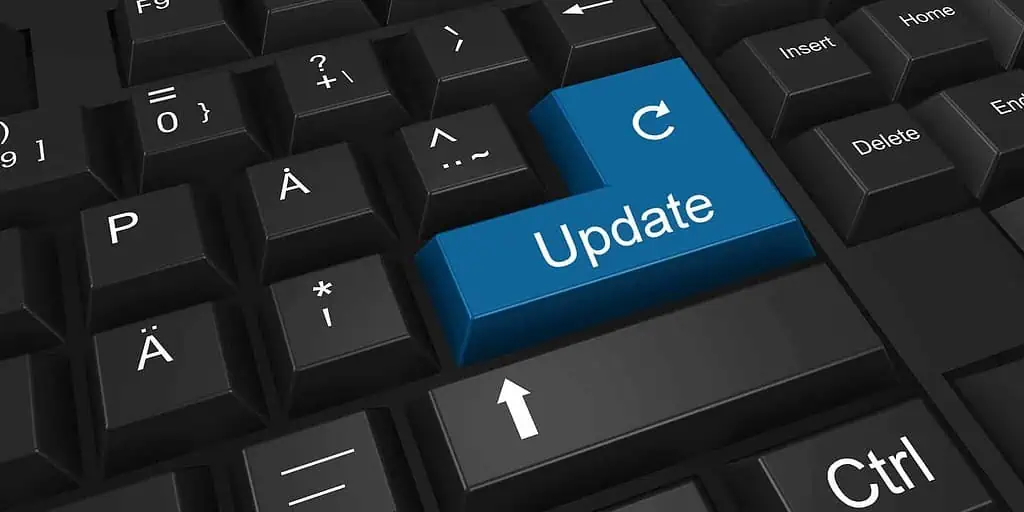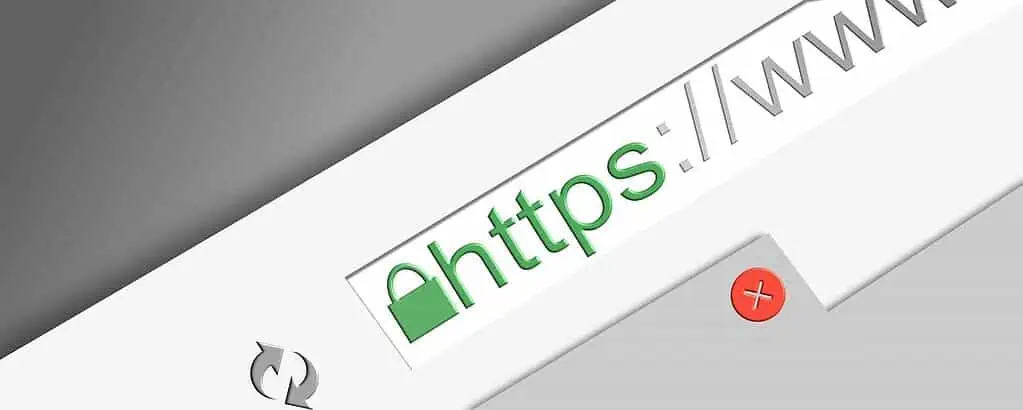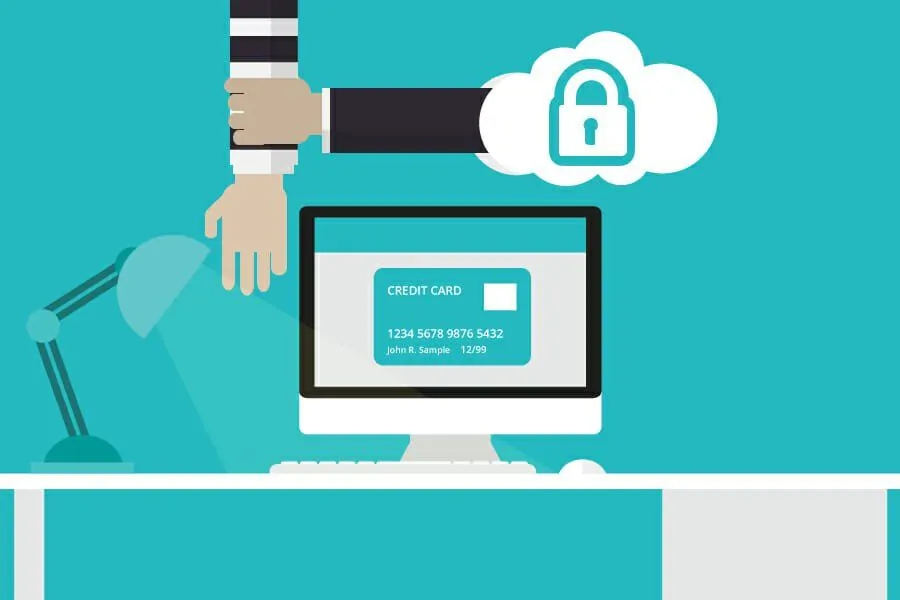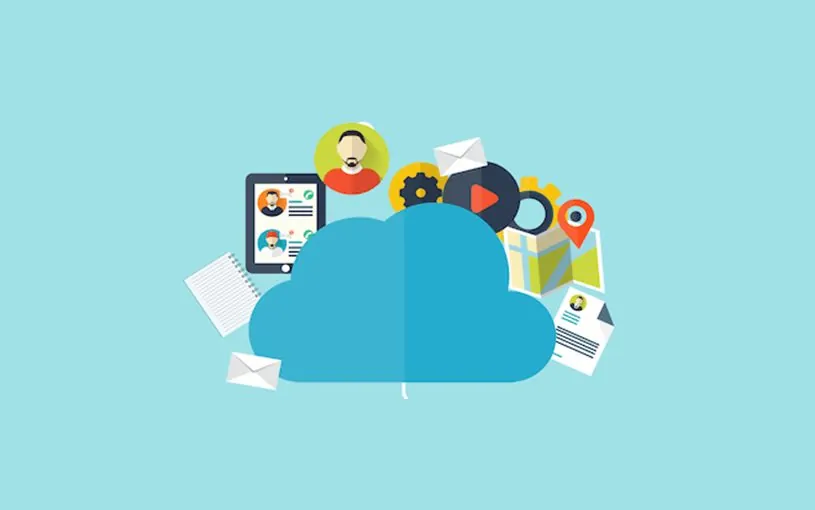Are you currently looking at ways to protect your site from unnecessary attacks, which may end up negatively impacting your blog?
It’s a good starting point to review this information, and this proactive approach will help you recognize the traits of attacks.
As you may have heard, WordPress powers one-third of the sites on the internet. This fact is excellent for user support but also a haven for questionable behavior from hackers online. If you start to come across any errors or problems with your site, there is often a conversation or solution already discussed online with that same topic.
With the safety and security of your site and internet browsing experience in mind, this article will help you improve the security on your WordPress blog, and salvage your content and time. After all, it’s much better to be safe than sorry.
Let’s start by defining unauthorized users and attacks, and what this means for you.
Table of Contents
What are unauthorized users and attacks?
An unauthorized user is anyone who aims to gain access to the admin portal of your WordPress site. They find unique and unusual opportunities to see the weakness present in your blog.
In many instances, these individuals are seasoned hackers whose role is to break into websites and steal user information.
Motives for attacks
- Hackers are new and testing the waters
- Wordpress sites are the most popular, and more accessible to target
- Hackers have malicious intent such as spamming and using malware to gain sensitive information
Top reasons Wordpress sites get hacked
- Insecure web hosting: Web servers host most websites, and some hosting companies do not provide ample security on the platform.
- You use a weak password: Since this is the first gateway to your site, you have to make use of a unique password.
- Unprotected access to WordPress admin: This is the central area of the Wordpress site, and allows for many changes to occur. It’s the most common area to get hacked.
- Lack of update to Wordpress, themes, and plugins: Often caused by the fear that an update will damage the site. These updated versions prevent vulnerabilities.
- Lack of an SSL to encrypt data: This is known as a Secure Socket Layer (SSL), and this helps transfer data securely between user and server. It’s an additional layer of security that assists you in protecting WordPress sites.
Now that we know why your blog is under threat let’s move on to protecting your blog.
5 Methods to protect your blog from attacks
These methods are the most updated ways to ensure that you avoid hackers getting access to your sensitive blog information.
These will proactively prevent your blog from getting hacked and save you tons of time along the way.
1. Ensure you have a secure web hosting
Ensuring you have a reliable web host means you’ve won half the battle.
You can look at the following characteristics of a good web host:
- They monitor their network for suspicious activity
- They prevent large scale DDOS attacks
- They update their software servers regularly
- They always a have a backup plan should they notice any alarming patterns on their server
When looking for a reliable web hosting solution, be sure to look at their customer reviews online and if they are built specifically for WordPress-powered sites. If they are, they will often have much better security settings in place.
Another option is to look into managed hosting. This type of hosting provides a more secure place to host your website while also removing the management process away from the user.
Hosting platforms such as WPEngine, offer additional backup, and advanced configurations to keep your site more secure.
2. Strengthen your passwords
Simple passwords seem like a good idea at the time but can hurt your security in the long run.
The best bet is not to keep it simple. It’s too easy for your potential hackers to guess, and most of them are seasoned hackers, so they do it in half the time.
Guidelines when choosing a password:
- Ensure your passwords are at least 12 characters long
- Include special characters and numbers
- Try not to use common words that are easy to remember
You can use these tools to strengthen your password further:
Use a password manager: This is an excellent place to generate secure passwords and also store them securely. Password managers also, securely log you into websites without your input. Find more excellent password manager recommendations here.
Use Two-way authentication: This involves an extra security check using your mobile phone. You enter your password to access your site, and you then get taken to a second screen requesting the authentication code. You can check your mobile phone for the security code and input it.
Use different passwords than social media: With so many different user accounts and passwords being created all the time, many people are using the same information on multiple platforms. This is especially true on social media, and also way security settings on Instagram have improved greatly over the past year.
These tools should ensure that you have a secure password that will prevent hackers from breaking into your blog.
3. Protect access to your WordPress Admin
Protecting access to your WordPress Admin is not all that complicated, and the following tips will help in this regard:
- Password protect your admin directory: You do have a password for your site, yet you can also add an additional password for the admin directory. You need to login to your hosting Cpanel to do this. To get there, click ‘Advanced’ on the side panel. You can choose the ‘Directory password’ or ‘Directory Privacy’ under your security options to do this. Once done, you can access your admin folder, and input a username and password. This process will only allow access to the correct input of the user name and password.
- Limit dashboard access: To limit access is quite simple. Some users do not need access to your entire dashboard; you can restrict their access. You will need a useful plugin to do this. Access the plugin called “Limit Access Dashboard,” and you can set the users and their access capability.
These tools are great to quickly protect access to your WordPress admin and prevent unnecessary attacks.
4. Keep your WordPress Themes and Plugins updated
Yes, we know we should do this since our admin panel reminds us to do so, but life gets busy, and you skip on doing this for a few weeks.
Not updating your themes and plugins can open your site up to many vulnerabilities.
Let’s look at ways to help you automatically update Themes and Plugins:
Look out for updates: You will usually find these in the side panel of your WordPress dashboards. They will often be orange and look like a notification. Access these icons and update all your plugins.
Use a Managed Hosting Plan: I mentioned this one earlier. This option will automate many aspects of your blog by updating plugins and themes while you are away.
Good examples of Managed hosting include WPEngine and A2Hosting.
5. Use an SSL to protect your site
An SSL Certificate is a file that includes data that is encrypted. Usually, it would be installed on your server and will support the security of your connections between your blog and your customers.
If you are with any good web host, they will offer an SSL certificate to you for free.
Alternatively, you can purchase one from a third-party.
It’s good to note that having an SSL certificate is something that google recommends, and they do highly favor this when ranking sites.
How to check if you have an SSL certificate:
- If a site begins with HTTPS instead of HTTP: You can check this in your browser by looking at the address bar.
- A padlock in the browser: It’s simple to recognize, and you need only look at the browser bar to find it. In most instances, when it’s not there, Google will alert you that the site is not secure.
Once you recognize that your site does not have an SSL certificate, you can contact your host provider for instructions on how to install one or purchase an SSL certificate from a third party.
Final Thoughts
A hacked WordPress site can be a nightmare as you have to fix various parts of the site to get it back on track.
This breach can have enormous implications for your business and result in a loss of income and damage your brand reputation.
Most hackers can likely use the information they steal to implement fraudulent behavior.
The reality is that you can prevent this from the onset as you now have the tools to protect yourself from hacks to ensure that your WordPress blog runs smoothly.
We hope that this article has provided you with keen insights to protect your WordPress blog from unauthorized users and attacks.
Do you have any questions on this topic? You can leave them below, and we’ll be sure to give you feedback!

